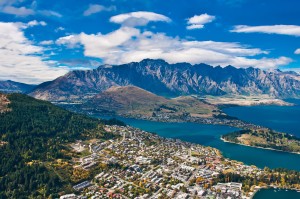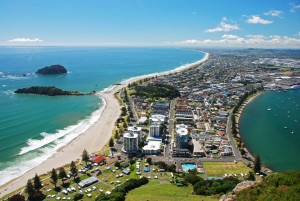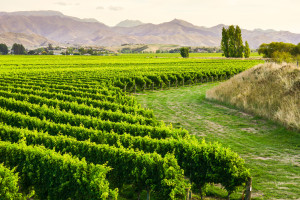If you’ve been following the wine news (or even some of our posts here at Wine, Wit, and Wisdom), you know that New Zealand is in the process of formalizing its geographical indications for wine and spirits. It is a long and interesting tale, but here is the gist:
New Zealand’s Geographical Indications (Wine and Spirits) Registration Act of 2006 created a registration system for wine and spirit geographical indications and allowed for the scheme of regions and subregions currently in use; however, the act was never brought into force. Fast forward ten years to November of 2016, and a revised law, the Geographical Indications (Wine and Spirits) Registration Amendment Act, was passed. As a result, the 2006 Act entered into force in July of 2017. Soon thereafter, applications for geographical indications began to be filed with the New Zealand Intellectual Property Office.
Three geographical indications—New Zealand, South Island, and North Island—were immediately approved as “enduring indications.” Several other applications for wine regions (geographical indications) and subregions (known as “local geographical indications”) have been submitted—many of these have been accepted and should become “official” in a few months—and some are still pending. Geographical indications (excluding enduring indications) will need to be renewed after the first five years, and every ten years thereafter.
One of the newly-accepted applications for geographical indications is Marlborough. Here’s an update on the area:
Accounting for over 59,000 acres (24,100 ha), the Marlborough region on the South Island is home to over two-thirds of all of New Zealand’s vines and grape production. The region is heavily planted to Sauvignon Blanc (47,000 acres/19,000 ha) and in many ways has shaped the explosive growth in New Zealand wine overall. Marlborough is also the largest producer of Pinot Noir in the country, with much of the region’s 6,400 acres (2,600 ha) of Pinot Noir is made into sparkling wine. Chardonnay, Pinot Gris, Riesling, Gewürztraminer, and Viognier are grown here as well.
Cloudy Bay, which gave its name to a now-famous Sauvignon Blanc producer, and Clifford Bay are both situated along the coast of Marlborough. The Marlborough Region can be considered to have three separate areas (unofficial subregions), from the Wairau Valley in the north, to the Awatere Valley further south, and the Southern Valleys on the inland side.
- Wairau Valley: The Wairau Valley (known by the Maori as Kei puta te Wairau—the place with the hole in the cloud) is one of New Zealand’s sunniest places. The region is known for stony, alluvial soils and a cool climate that tends to become drier as one heads inland.
- Awatere Valley: The Awatere Valley is located to the south of the Wairau Valley, stretching inland from the coast into the Kaikoura Ranges. This is one of the coolest, driest, and windiest areas of Marlborough—and many of the vineyards have some elevation.
- The Southern Valleys: Located inland, the vineyards of the Southern Valleys—consisting of the Omaka, Fairhall, Brancott, Ben Morvan and Waihopai Valleys—wind and wrap around the surrounding hills. The area has a great diversity in terms of mesoclimates and soils, but does tend to heavier, more clay-based soils than the areas closer to the coast.
Other geographical indications of the “New” New Zealand that have been accepted (as of November 15, 2017) include Hawke’s Bay, Gisborne, Matakana (a subregion of Auckland), Waiheke Island (also a subregion of Auckland), Northland, Wairarapa, and Canterbury. More are sure to come, and we’ll be posting them as they are announced here.
References/for more information:
- https://www.iponz.govt.nz/about-ip/geographical-indications/register/
- https://www.nzwine.com/en
- https://www.nzwine.com/en/our-regions/marlborough/
Post authored by Jane A. Nickles, your blog administrator



